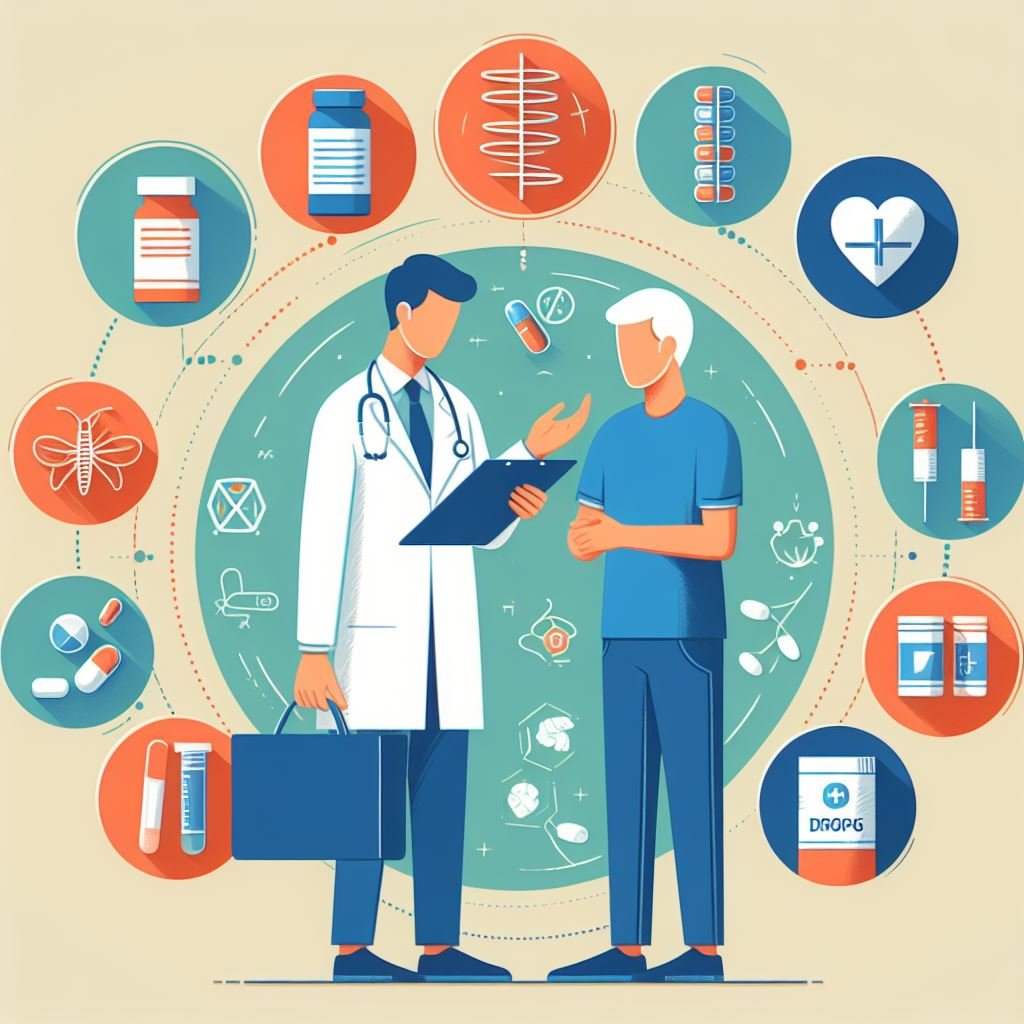When it comes to drug safety, the assessment of Listedness/Expectedness plays a vital role. It’s like a guardian, constantly watching over the safety and efficacy of drugs. Let’s dive deeper.

Ensuring Safety
The primary role of assessing Listedness/Expectedness is to ensure the safety of drugs. By identifying whether a specific adverse event is listed (expected) or not, it helps in predicting the potential risks associated with a drug. It’s like a safety net, catching any potential dangers before they can cause harm.
Updating Product Information
Another important role of Listedness/Expectedness assessment is updating the product information. If a new adverse event is identified and it’s not listed in the product information, the information is updated to include this new risk. It’s like a news update, keeping everyone informed about the latest developments.
Identifying New Safety Signals
Listedness/Expectedness assessment also plays a crucial role in identifying new safety signals. A safety signal is information that suggests a new potentially causal association, or a new aspect of a known association, between an intervention and an event or set of related events. It’s like a radar, constantly scanning for new signals that could indicate a potential risk.
Protecting Public Health
Ultimately, the role of Listedness/Expectedness assessment in drug safety is to protect public health. By ensuring the safe and effective use of medicines, it contributes to the overall health and well-being of the public. It’s like a shield, protecting us from potential harm.



